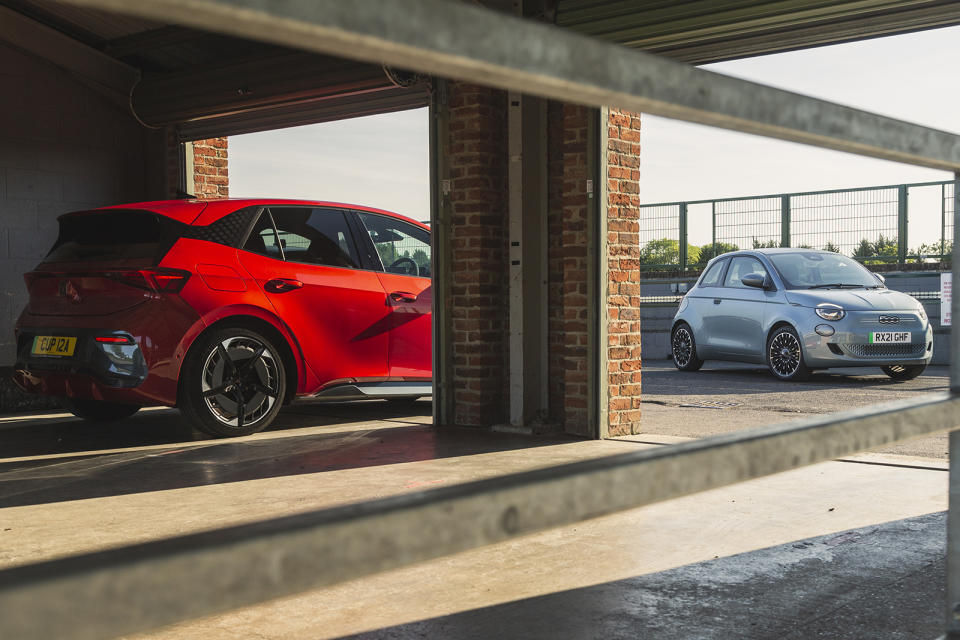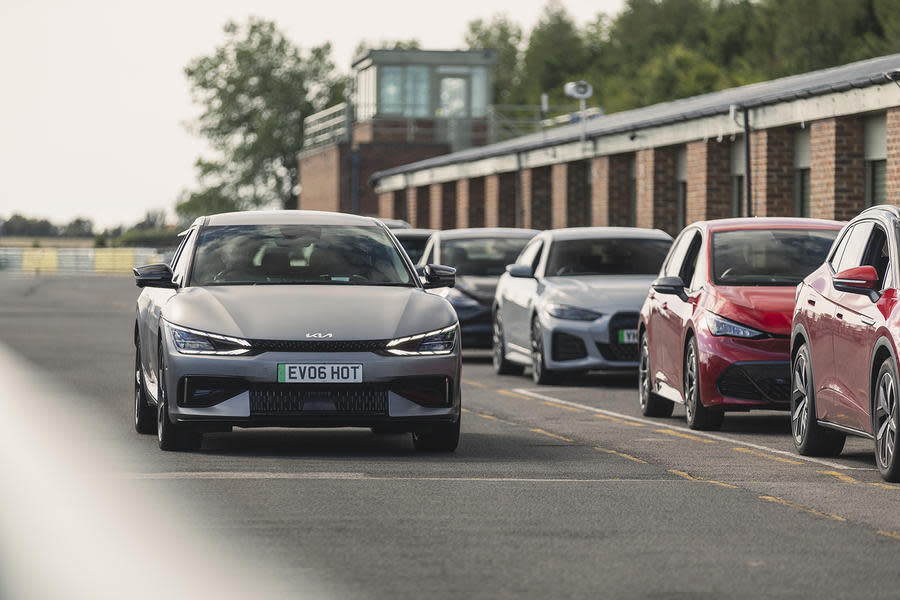How to reduce your company car tax bill

To mangle an old saying, only two things are certain in this world: death and company car tax. You can't avoid the first and however you try to dodge the second, you'll always end up paying something.
Of course, this assumes you have a company car but with around 700,000 people in receipt of one, the chances are reasonably high.
To the tax man, a company car is a cash cow with, in the tax year 2021/22, the total taxable value of company car benefit amounting to £3.95 billion. However, to misappropriate another phrase, the times they are a-changin'.
Two words: electric cars. These attract much less tax than petrol and diesel cars which is why they're such a hit with company car drivers.
In the tax year 2021/22, for example, the number of recipients of company cars having CO2 emissions of 75g/km or less was 243,000 compared with 137,000 in the previous tax year. Fully electric cars accounted for 17% of car benefit recipients. That was three years ago when the proportion of company EVs has increased dramatically thanks to their growing popularity and initiatives such as salary sacrifice.
In short, the tax man is losing money but he's not about to give up without a fight. Here's how to leave the ring with your shirt on.
What is a company car?
It's a car given to you by your employer in addition to your salary and which you can use for private as well as business journeys. Private use includes commuting.
What is company car tax?
It's a tax on a benefit, in this case a car. You may think the vehicle is separate from your salary but to the tax man it's another form of payment, ripe for taxing. It's why the Inland Revenue calls it a benefit-in-kind tax.
How is company car tax calculated?
The tax is based on a combination of the car’s list price including VAT and extras (together called the P11d value), multiplied by the vehicle's official CO2 emissions expressed as a percentage and known as the BIK rate. The result, multiplied by the employee's personal tax band, is the amount of tax the employee must pay on the car.
BIK rates range from a high of 37% for cars emitting more than 170g/km CO2 to 2% for those emitting no CO2. For hybrids, the vehicle's battery-only range is also a factor in determining the BIK rate. A 4% surcharge applies to diesel vehicles not meeting the latest RDE2 emissions standard.
Example:
P11D value of the car: £20,000CO2 emissions: 95g/kmFuel type: PetrolCar's BIK rate: 24%User's personal tax band: 20%Car's BIK value (P11d x BIK rate): £4800Tax charge (BIK value x personal tax band): £960 a year or £80 per month
What are the advantages of a company car?
Even paying the tax, a company car driver is better off than someone financing their own wheels from their net income. Taking the example above, they'd be hard-pressed to finance a new car for £80 a month.
How can I reduce my company car tax bill?

Choose an EV
HMRC has spent the past 20 years using company car tax to incentivise low-CO2 vehicles and there's none lower than an electric car.
Until April 2025, electric cars (rated at 0g/km CO2) are taxed based on 2% of their P11d price, whereas even the most efficient petrol and diesel models start at 25%. That’s usually enough to reduce your tax bill by 90%.
For context, a 20% taxpayer in a £30,000 Vauxhall Astra GS Line diesel would pay around £158 in benefit-in-kind per month, whereas their boss on a 40% income tax band would pay just £83 for a £120,000 BMW iX M60.
It’s hardly surprising that battery-electric has become the most popular powertrain type for new fleet lease cars, according to the British Vehicle Rental and Leasing Association (BVRLA).
Or choose a hybrid
If you are not ready to ditch combustion engines completely, the BIK rates also heavily incentivise plug-in hybrids with the longest electric range – and this can offset their higher list price.
For example, the Toyota RAV4 Plug-in has an electric-only range of 46 miles so it falls into the 8% BIK band, whereas the Ford Kuga 2.5 PHEV ST-Line X Edition travels up to 35 miles on a full charge and is taxed at 12% of the list price. Despite the Toyota’s £4500 list price disadvantage, drivers will pay around 25% less in tax than they would on the Ford.
Be selective with options
In 2017, Europe’s automotive industry switched to a new fuel efficiency test, catchily known as the worldwide harmonised light vehicles test procedure, or WLTP.
Alongside tougher test conditions, it produces more granular data including recognising differences between trim levels and the effects of optional equipment on efficiency.
Before you get carried away adding options, it’s worth double-checking that the larger wheels or panoramic sunroof you’ve just selected don’t push the car into a higher tax band. They can turn into expensive luxuries over a three-year lifespan.
Look out for fleet trims
Fleets and leasing companies have enough buying power to negotiate discounts on new cars that private buyers wouldn’t have access to. Unfortunately, this isn’t reflected in the list price and those discounts won’t result in lower benefit-in-kind for drivers.
Instead, to help pass those savings on, some manufacturers offer fleet-focused trim levels that add essential kit but effectively have the discount built into the list price. The result is lower benefit-in-kind payments than for an equivalent retail-focused version.
Choose a tax-efficient commercial vehicle
Commercial vehicles weighing less than 3500kg and with a payload of 1000kg are a bit of a bargain in benefit-in-kind terms. Instead of being taxed based on a CO2-weighted percentage of their list price, they attract a standard tax charge. Until the end of the 2025/26 tax year it is £3960, which means they can be a tax-efficient alternative to a large car. It's even better news for electric commercial vehicles whose standard tax charge is set at £0.
This loophole for light commercial vehicles with a 1000kg payload has created a market for double-cab pickups among open-minded company car drivers.
These offer two rows of seats, high-spec trim levels and more towing capacity than most families would ever need. If you can live with the thirst for fuel and the crashy ride quality, then they’re a much cheaper company vehicle than a similarly sized SUV.
However, the extra row of seats can come at the expense of the load area and payload of some double-cab models, so check the one you're interested in qualifies since such vehicles and other types with a payload of less than 1,000kg are treated as cars and so taxed on their emissions.
]]>

 Yahoo Autos
Yahoo Autos 